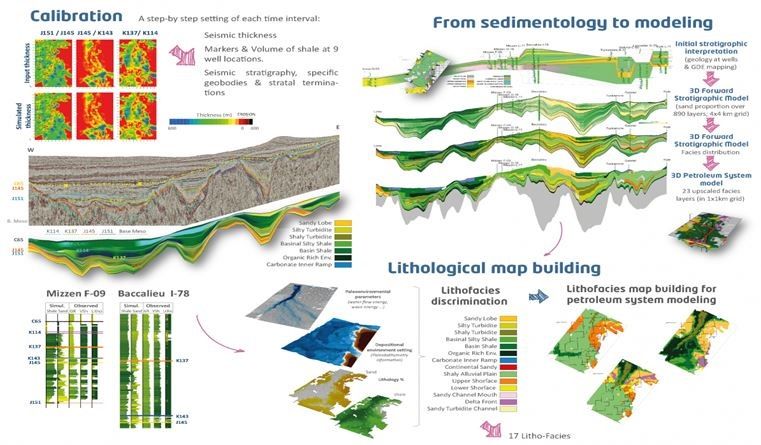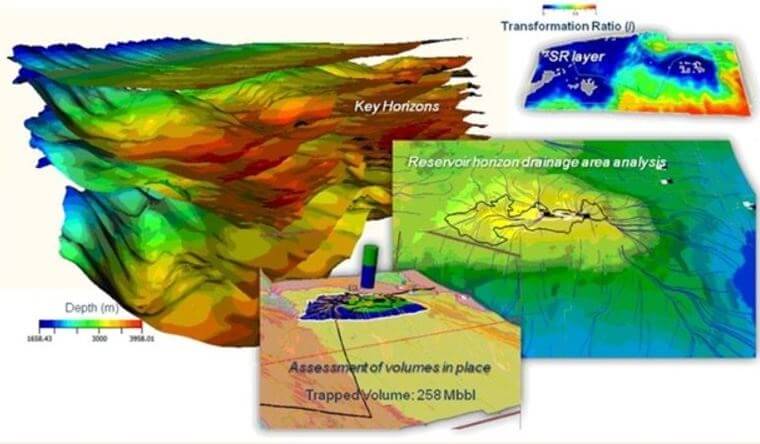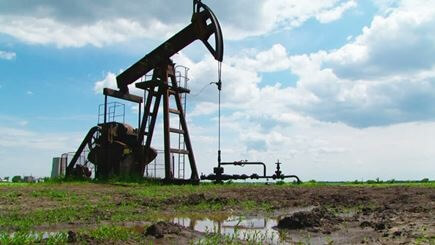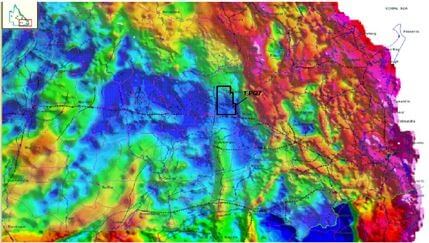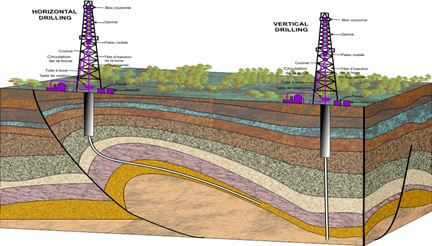BASIN MODELING FOR UNCONVENTIONAL RESERVOIRS
ABOUT THE COURSE
This five-day course will show how the geochemical studies and petroleum system modeling can reduce exploration risk for conventional and unconventional (e.g., shale-gas or shale-oil) resources. Lectures will show how forward deterministic computer models use geohistory analysis, boundary conditions, and chemical reaction kinetics to predict the timing of petroleum generation. Factors controlling “sweet spots” will be discussed, including the influence of geomechanics on rock fracturing and producibility and the extent of primary or secondary cracking based on biomarkers & isotope. Discussions will provide guidelines for sample collection and project initiation, how to evaluate prospective source rocks, and how to define petroleum systems through oil-source rock correlation. Participants will learn how to calibrate petroleum system models using data from wells, such as pressure, corrected bottom-hole temperature, and vitrinite reflectance.Case studies and exercises will show how geochemistry can be used to solve exploration, production, and development problems while minimizing costs.
WHO SHOULD ATTEND?
- ✔ Exploration Managers
- ✔ Geologists & Geophysicists
- ✔ Petrophysicists
- ✔ Reserve & Petroleum Engineers
- ✔ Source Rock & Unconventional Resource Teams

